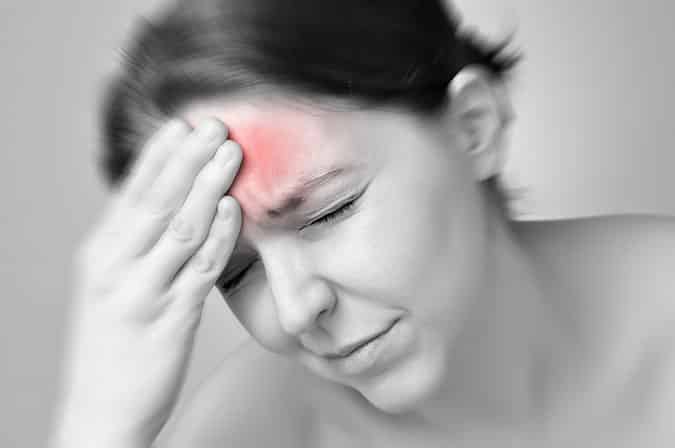
Pain in the forehead
Ouch! Pain in the forehead and forehead pain can be both painful and troublesome.
Pain in the forehead can be caused by tension headaches, sinusitis, cervicogenic headaches, neck myalgia / myoses, jaw tension, visual problems and joint restrictions in the upper neck joints.
Some of the most common causes are overload, trauma, poor sitting position, wear and tear, muscular failure over time (especially SCM, sternocleidomastoid, is known to refer pain to the forehead) and mechanical dysfunction in nearby joints (eg atlas (C1) or axis (C2). Among the most common causes of headaches in the forehead are tense muscles and impaired joint mobility.
Scroll below for to watch two great training videos which can help you loosen neck tension and tighten neck muscles.
VIDEO: 5 Clothes Exercises Against Stiff Neck
Here you see five movement and clothing exercises that can help you loosen up in a stiff and sore neck. This can contribute to improved neck function and less neck muscle pain - which in turn can help you reduce the headache that comes from the neck.
Join our family and subscribe to our YouTube channel for free exercise tips, exercise programs and health knowledge. Welcome!
VIDEO: Nine Exercises Against Neck Pain and Referred Head Pain
These nine exercises are great for those who suffer from a sore and stiff neck. The exercises are gentle and adapted - which makes them suitable for everyone and that they can be performed daily. Click below to watch the video.
Did you enjoy the videos? If you took advantage of them, we would really appreciate you subscribing to our YouTube channel and giving us a thumbs up on social media. It means a lot to us. Thank you very much!
Common causes of Pain in the forehead
Some of the most common causes of forehead pain are sinusitis, tension headaches, dysfunction in musculature / myalgia, muscle strain, joint restrictions, and referenced pain from nearby structures (eg, upper neck, jaw, upper back, and cervical vertebra).
Also read: 5 Exercises against Muscle Tensions in the Neck and Shoulder
What can I do even against muscle and joint pain?
1. General exercise, specific exercise, stretching and activity are recommended, but stay within the pain limit. Two walks a day of 20-40 minutes make good for the whole body and sore muscles.
2. Trigger point / massage balls we strongly recommend - they come in different sizes so you can hit well even on all parts of the body. There is no better self help than this! We recommend the following (click the image below) - which is a complete set of 5 trigger point / massage balls in different sizes:
3. Training: Specific training with training tricks of various opponents (such as this complete set of 6 knits of different resistance) can help you train strength and function. Knit training often involves more specific training, which in turn can lead to more effective injury prevention and pain reduction.
4. Pain Relief - Cooling: Biofreeze is a natural product that can relieve pain by cooling the area gently. Cooling is especially recommended when the pain is very severe. When they have calmed down then heat treatment is recommended - it is therefore advisable to have both cooling and heating available.
5. Pain Relief - Heating: Warming up tight muscles can increase blood circulation and reduce pain. We recommend the following reusable hot / cold gasket (click here to read more about it) - which can be used both for cooling (can be frozen) and for heating (can be heated in the microwave).
Recommended products for pain relief for muscle and joint pain
Biofreeze (Cold / cryotherapy)
Where's the pan?
The forehead is the area above the eyes and up towards the hairline. On the sides it borders the area called the temple.
Also read:
- Complete overview of muscle knots and their reference pain pattern
- Pain in the muscles? This is why!
The anatomy of the forehead and face
As we note from the picture above, the body's anatomy is both complex and fantastic. This, in turn, means that we must focus holistically on why the pain arose, only then can effective treatment be provided. It is also important to remember that it never does 'just muscular', there will always be a joint component, an error in movement pattern and behavior that also forms part of the problem. They work only together as a unit.
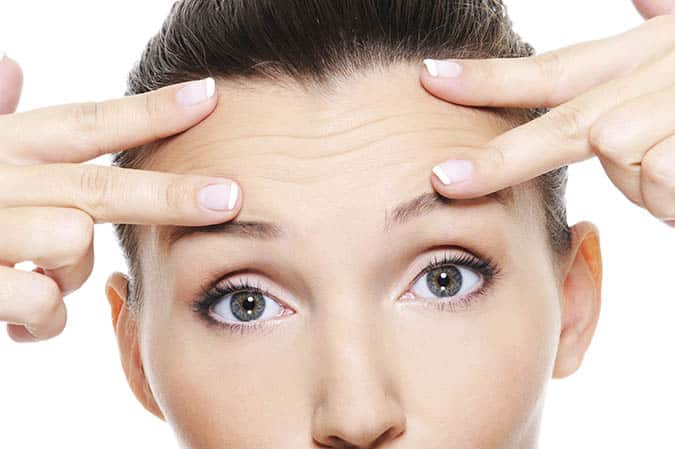
Some common causes / diagnoses of forehead pain are:
Sinusitis (can cause pain and pressure in the areas where the sinuses are located, including the top of the eyes)
Cervicogenic headache (when headaches are caused by tight neck muscles and joints)
Joint locker / dysfunction of the thoracic spine, neck and / or jaw '
Sternocleidomastoid (SCM) myalgia (known to refer to pain on the side of the head and forehead)
Vision problems (maybe you need glasses or glasses fitting? 'Mysing' can increase muscle tension around the eyes and forehead)
tension headache (gives a characteristic headache as a 'band over the forehead')
Upper trapezius myalgia (may refer to back, forehead, jaw and forehead pain)
Rare causes of pain in the forehead:
Fraktur
Infection (often with high CRP and fever)
Cancer
Trigeminal neuralgia (neuralgia from the facial nerves, in the forehead it is usually the trigeminal nerve V3 that is affected)
Commonly reported symptoms and pain presentations of pain in the forehead:
Deep pain in pans
- Knute i pans
- Nummen i pans
- Tired i pans
Stitching in pans
Støl i pans
- Sores on the forehead
- Pain in the forehead
- Sore forehead
Imaging diagnostic examination of forehead pain
Sometimes it may be necessary imaging (X, MR, CT or diagnostic ultrasound) to determine the exact cause of the problem. Normally, you will manage without taking pictures of the head - but this is relevant if there is a suspicion of muscle damage, fracture of the jaw or neck prolapse.
In certain cases, X-rays are also taken with the intention of checking for changes in wear and any fractures. Below you see various pictures of how the face / head looks in the different forms of examination.
X-ray of forehead and head
MR picture (cerebrum) of normal brain and head
MRI Cerebrum description - brain: In the MRI image / examination above, you see a healthy brain with no pathological or carcinogenic findings.
CT image of the head / brain (brain cancer)
CT image description: Here we see a CT examination of the head in a so-called cross section. The picture shows a white spot (A), which is a brain cancer tumor.
Diagnostic ultrasound of the forehead
This type of imaging is not normally used on adults in this area, but can be used on unborn children to see if there are any signs of head or forehead malformations.
Clinically proven effect on cervicogenic headache relief
Chiropractic treatment, consisting of neck mobilization / manipulation and muscle work techniques, has a clinically proven effect on the relief of headaches.
A systematic review of studies, a meta-study, conducted by Bryans et al (2011), published as “Evidence-based guidelines for the chiropractic treatment of adults with headaches. ” concluded that neck manipulation has a soothing, positive effect on both migraine and cervicogenic headaches - and thus should be included in the standard guidelines for the relief of this type of headache.
How to prevent headaches and headaches
- Live healthy and exercise regularly
- Seek well-being and avoid stress in everyday life
- Stay in good physical shape
- If you use painkillers regularly, consider stopping this for a few weeks. If you have a medication-induced headache, you will experience that you will get better over time.
Chiropractic treatment for neck pain
The main goal of all chiropractic care is to reduce pain, promote overall health and improve quality of life by restoring normal functioning of the musculoskeletal system and nervous system.
If suspected pain to the forehead from the neck is suspected, the chiropractor will treat the neck area locally to reduce pain, reduce irritation and increase blood supply, as well as restore normal movement in the thoracic spine, neck and jaw. When choosing a treatment strategy for the individual patient, the chiropractor places emphasis on seeing the patient in a holistic context. If there is a suspicion that the forehead pain is due to another disease, you will be referred for further examination.
The chiropractor treatment consists of a number of treatment methods where the chiropractor mainly uses his hands to restore normal function of the joints, muscles, connective tissue and nervous system:
- Specific joint treatment
- Stretches
- Muscular techniques
- Neurological techniques
- Stabilizing exercise
- Exercises, advice and guidance
What does one do chiropractor?
Muscle, joint and nerve pain: These are things that a chiropractor can help prevent and treat. Chiropractic treatment is mainly about restoring movement and joint function that can be impaired by mechanical pain.
This is done by so-called joint correction or manipulation techniques, as well as joint mobilization, stretching techniques, and muscular work (such as trigger point therapy and deep soft tissue work) on the involved muscles.
With increased function and less pain, it may be easier for individuals to engage in physical activity, which in turn will have a positive effect on both energy, quality of life and health.
Many headache patients benefit from chiropractic treatment. Headaches and migraines are often linked to malfunctions of the joints and muscles of the shoulder arches, neck, neck and head. Chiropractic treatment seeks to restore normal functioning of the musculoskeletal system and nervous system to reduce pain, promote overall health and improve quality of life.
Exercises, exercise and ergonomic considerations.
An expert in muscle and skeletal disorders can, based on your diagnosis, inform you about the ergonomic considerations you must take to prevent further damage, thus ensuring the fastest possible healing time.
After the acute part of the pain is over, in most cases you will also be assigned home exercises that also help reduce the chance of relapse.
In chronic conditions it is necessary to go through the motor movements you do in everyday life, in order to weed out the cause of your pain occurring time and time again.
NEXT PAGE: Are you affected by osteoarthritis of the neck (osteoarthritis)? Read this!
Click above to proceed to the next page.
References:
1. Bryans, R. et al. Evidence-based Guidelines for the Chiropractic Treatment of Adults with Headache. J Manipulative Physiol Ther. 2011 Jun; 34 (5): 274-89.
2. Images: Creative Commons 2.0, Wikimedia, WikiFoundry
Frequently Asked Questions Regarding Pain in the forehead:
Q: I hurt in the upper part at the top of the nose mount. What could be the cause?
Answer: Pressure soreness, headache in the forehead and aggravation by bending forward (internal pressure in the head increases) may indicate sinus irritation or sinusitis. It can also be a tension headache or cervicogenic headache.
Q: Can foam rolls help me with headaches and headaches?
Answer: Yes, a foam roller / foam roller can help you to mobilize the thoracic spine a bit (thoracic extension), but if you have a problem with the forehead and headaches, we recommend that you contact qualified health professionals in musculoskeletal disciplines and get a qualified treatment plan with associated specific exercises.
Q: What should be done with a sore jaw and neck full of muscle knots?
Reply: muscle knots have most likely occurred due to a misalignment of the muscles or a misalignment. There may also be associated muscle tension around the joints of the nearby chest, shoulder arches, jaw and neck joint. Initially, you should get qualified treatment, and then get specific exercises and stretching so that it does not become a recurring problem later in life.


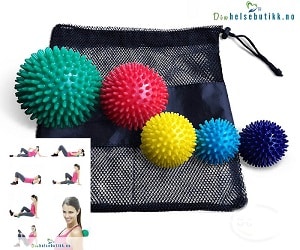



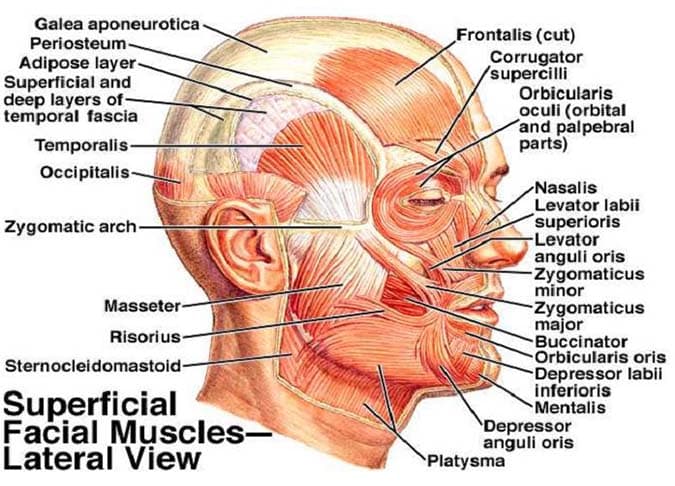
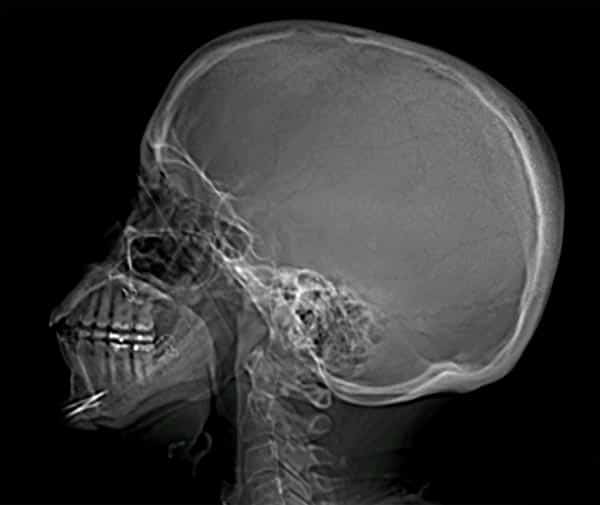

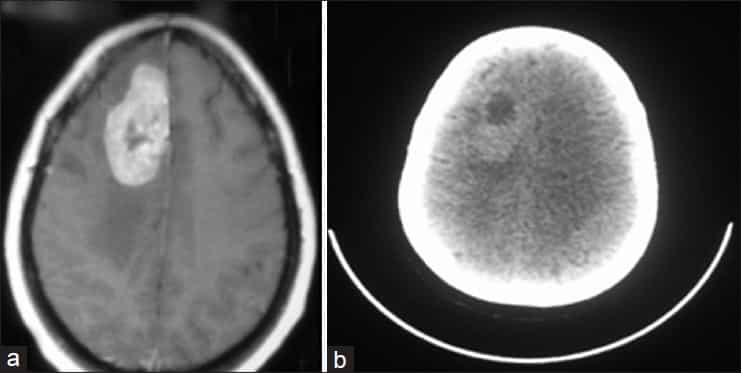


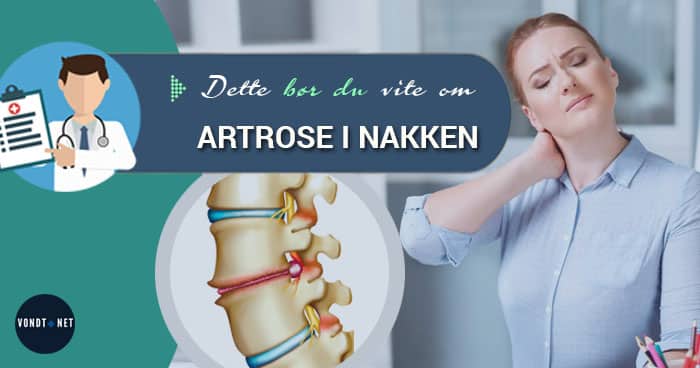


Leave a reply
Want to join the discussion?Feel free to Contribute!